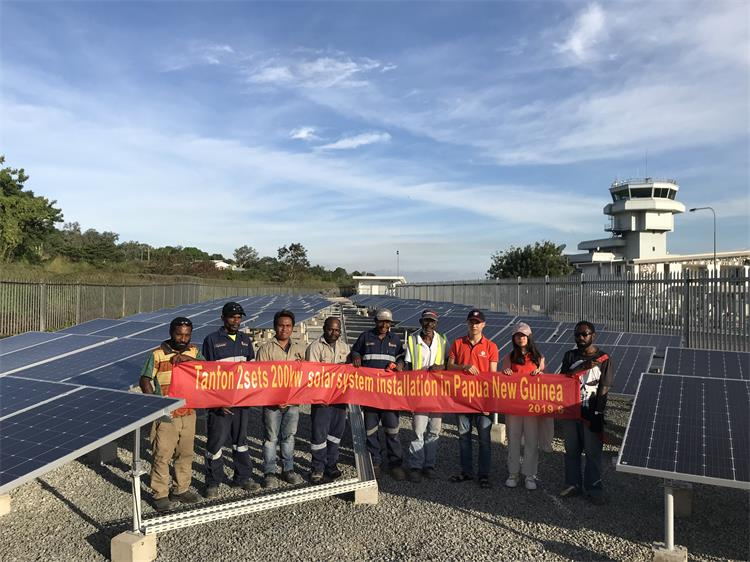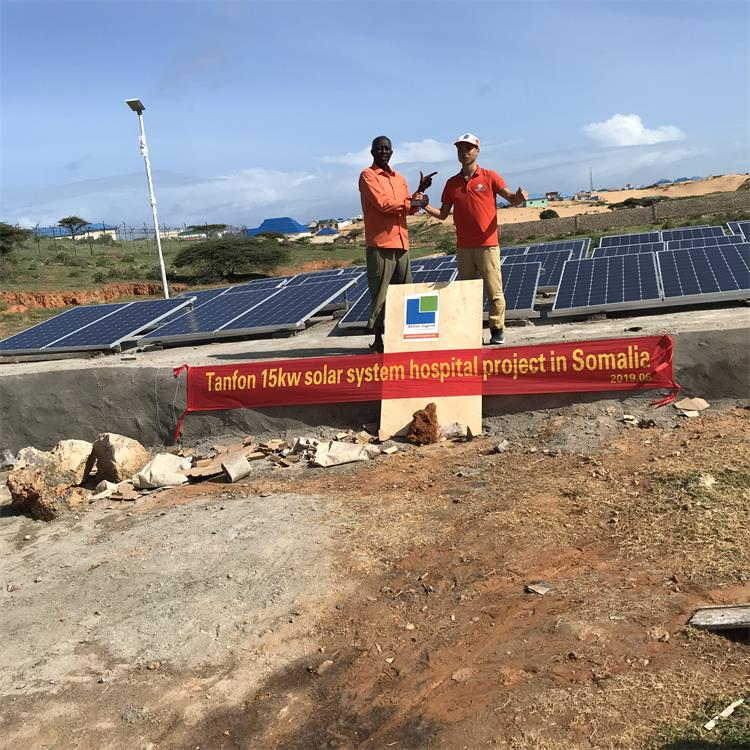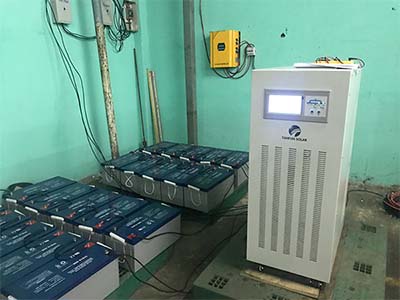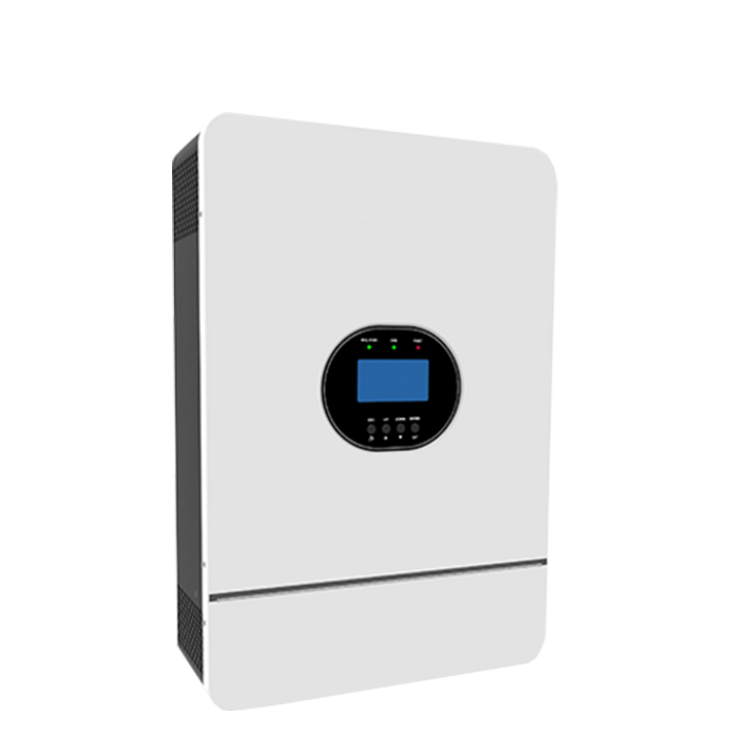 TANFON SOLAR
TANFON SOLAR
 July 05,2019
July 05,2019
Off-grid inverter systems require batteries, which account for 30-50% of the cost of power generation systems.And neither of them has a long service life of the battery, lead acid battery is general in 3 to 5 years, lithium batteries are generally in 8 to 10 years, again after the change, the manager wang have had prepared, but then made an inquiry about off-grid inverter, found the same power of inverter, off-grid price 1.5 to 3 times that of interconnection, off-grid inverter why so expensive.
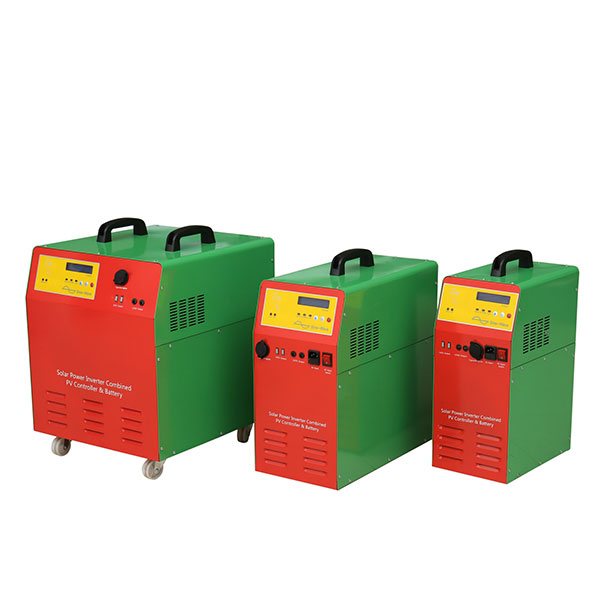
Photovoltaic on-grid system consists of modules,on-grid inverters, photovoltaic electricity meters, loads, two-way electricity meters, on-grid cabinets and power grids. The direct current generated by solar panels is converted into alternating current by inverters and sent to the grid. Photovoltaic off-grid system is composed of modules, solar controller/inverter, battery group, load, etc. In the case of photovoltaic array with light, the controller will charge the solar energy to the battery group, and then supply power to the load through the inverter. In the case of no light, the battery will supply power to the load through the inverter.
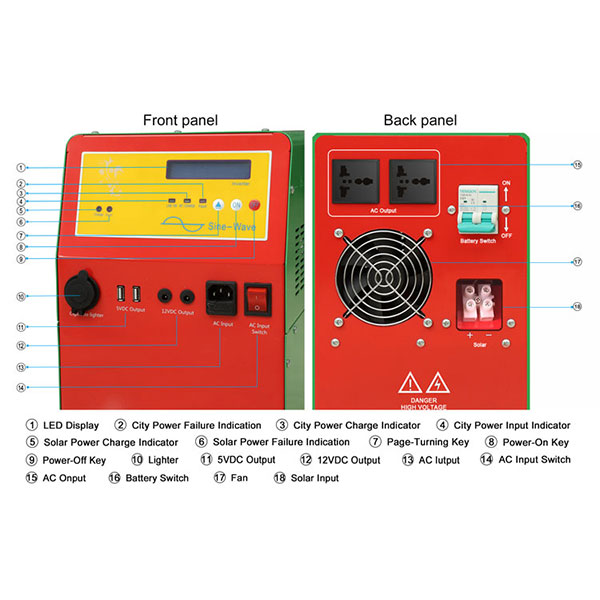
Off-grid inverters are more complicated than on-grid inverters in structure. Grid-connected inverters generally have two-stage structure of boost and inverter, while off-grid inverters generally have four-stage structure, including controller, boost, inverter and isolation. The cost is about 2 times that on-grid inverters.
Equal power, off-grid inverter overload capacity of more than 30%, higher than grid inverter component level before the grid inverter, output power grid, generally do not need to overload capacity, because there are few components of the output power is greater than the rated power, off-grid inverter output to load, and there are a lot of the load is inductive load, the power is 3 to 5 times the rated power, so the off-grid inverter overload capacity is a tough, strong overload capacity, the components of the power will be increased, means that the cost is high.
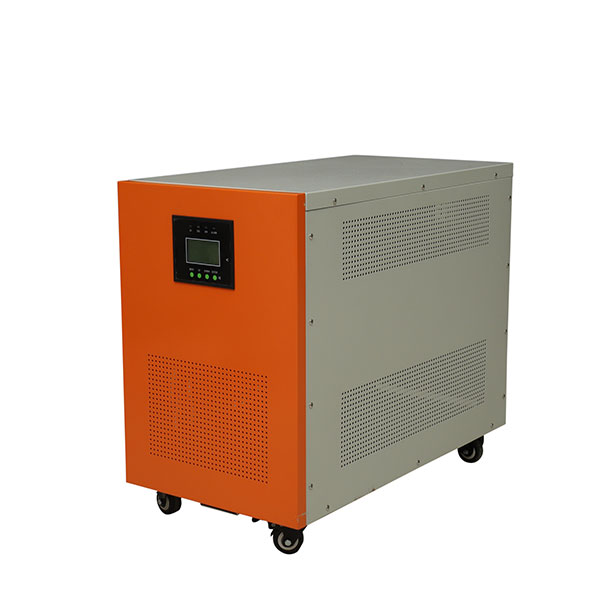
The output of off-grid inverter is low. Currently, photovoltaic on-grid market share is about 98%, and off-grid market share is about 2%. The shipment volume is very low, which cannot be automated production, and the raw materials and production costs are much higher.

